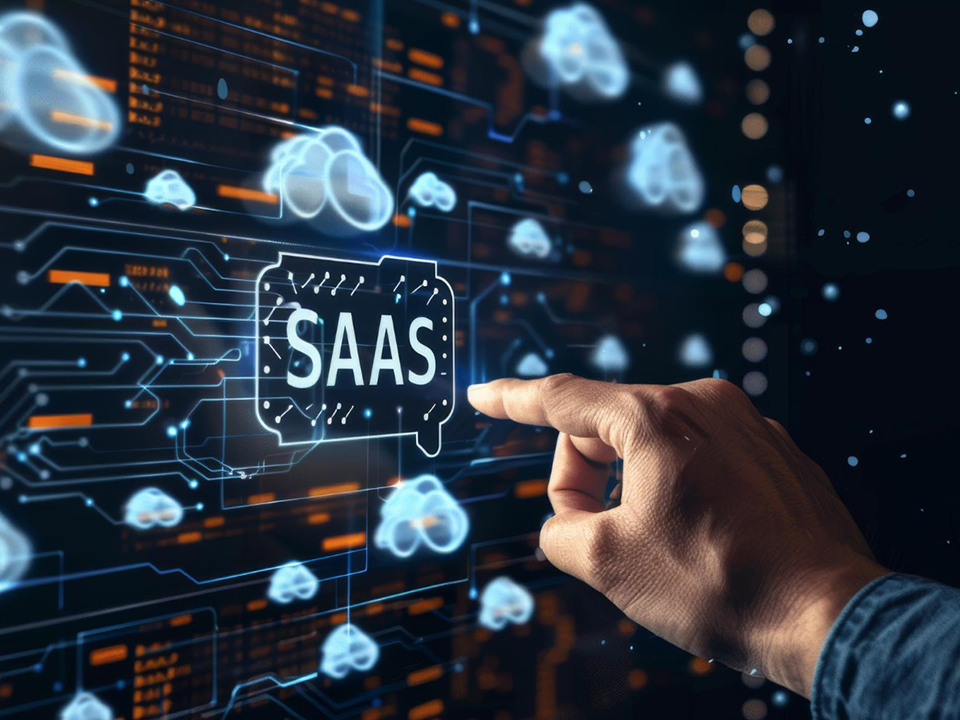
A 2024 Guide to SaaS Localization for Multilingual SaaS Teams
The SaaS industry is one of the fastest-growing industries in the world, with businesses expanding and reaching multiple countries and markets. This globalization brings a growing demand for efficient website translation workflows to accommodate users who prefer to engage in their native language. According to a study by CSA Research, 76% of online shoppers prefer to purchase products with information in their own language, and 40% never buy from websites not available in their local language. These figures highlight the importance of SaaS localization for these platforms as they often cater to a global audience.
For multilingual SaaS teams working on different continents, it is necessary to optimize the translation process to make sure the user experience and brand communication are consistent across all audiences. In this article, we are going to take a look at the key factors in SaaS localization, common challenges and best practices for optimizing website translation workflows.
What is SaaS Localization?
SaaS localization refers to the process of adapting your software to a target market by catering to their language, cultural and legal requirements. This is not just text translation on the website or app. You have to pay attention to adjusting UI elements (such as menus, buttons, and error messages), currency formats, and even local regulations.
If done correctly, SaaS localization can help your product marketing, helping it resonate with the users by offering a seamless user experience that is considerate of their language preferences and cultural nuances. It must also take into account the complex nature of the process like language barriers, local laws, technical constraints, and user expectations.
Challenges in SaaS Localization
When you are unfamiliar with a language and culture, it can be difficult to adapt your software for that target market, presenting unique challenges, such as:
- Language Barriers: Context is very important when translating content into a different language. When translating nuanced terminology, it is critical to understand and maintain the context. For example, ‘Pasta’ has a very different meaning in Italian and Polish. While in Italian, it is the term for ‘noodles’,. In Polish, it means ‘toothpaste.’
- Cultural Differences: The world is a melting pot of different cultures, and it’s important to understand that what may work in one region could be considered rude or off-putting in another. For example, while it is common in the US to keep your shoes on to avoid exposing your socks, in most Asian and Caribbean cultures, you are expected to take your shoes off before entering the house.
- Technical Constraints: SaaS platforms have to take care that their APIs, UI components, and backend systems are designed to handle different language inputs, local currencies, and legal formats.
For instance, let’s say your SaaS product is designed for users in the United States, and you’re trying to reach out to new customers in Japan or France. It is important to understand how these languages affect user behavior and use these observations during the localization process.
Planning for Localization: Key Questions to Ask
When preparing to localize your SaaS platform, it’s essential to address key questions:
When you are preparing to localize your SaaS platform, it is important to consider the following questions for the best possible outcome:
- Do you have a localization project manager who is familiar with local laws, customer behavior, and cultural norms and can lead the translation workflow?
- Have you considered preferred payment methods that are favored by local users specific to their market?
- Is your API prepared to handle requests in the correct format and language?
- Did your team research the browser preferences of your target audience that might prefer unique display requirements?
- Are you using the right file formats, allowing translators and developers to receive files in formats suitable for localization without errors?
- Does your team understand SaaS intricacies? Are your programmers proficient in adapting code for localization and team members with translation management software?
These are just some of the questions that should be considered in the planning phase. If you’re struggling with these questions, you should consider working with professional services that can offer expert help in managing translation and localization workflow with the complexities of SaaS localization.
Professional Translation and Localization Services
Localization is a specialized skill, and SaaS teams can benefit from forming a partnership with experts like Vaga.ai that can handle services like:
- Language translation: Their AI algorithms and workflows, along with human editing, can ensure that your product is both accurate and culturally appropriate.
- UI adaptation: From adjusting button sizes for longer text strings to realigning menus, professional services ensure smooth user interaction.
- Translation memory: Leveraging past transactions as a learning data set, efficient translation workflows can be built for speed and consistency.
Key Components of SaaS Localization
During the localization process, companies should pay attention to translating content, adapting user interfaces, payment gateways etc. Ensuring that they are taking care of the critical components of localization would improve user experience, leading to increased customer satisfaction, which will ultimately help with sales.
User Interface
Adapting user interface to your target audiences preferences is critical to provide a seamless user experience. A localized UI would have translated text, changed menus, labels, buttons, and customized messages for the target users. It makes the UI experience more personalized, increasing the engagement for non-native users. For example – While translating to Arabic, you would take note of the way it is written and read (from right to left) by native Arabic speakers and adapt your UI elements accordingly. If done correctly, it will help in promoting your software in the global market.
Currency, Pricing, and Number Formats
Countries have different numerical systems in place for official financial transactions, such as different currency symbols and decimal numbers. It is crucial to adjust your SaaS platform for local currencies and pricing strategies. For example – the US dollar is a far superior currency to, say Indian rupee or other third-world currencies so it would not make sense to price your software at the same cost in these countries.
Payment Process
Different countries have different inclinations towards payment gateways and processes. Some markets might have credit cards as their preferred payment options, whereas others gravitate towards digital options like Paypal, Stripe etc. Localizing payment systems should take these things into account while planning. For example – In China, WeChat is a favored payment gateway used by most of the users online for shopping, which is not very common in other countries. Supporting local payment gateways can help reduce abandoned cart issues.
Legal Documents
Localizing your legal documents, such as terms of service, privacy policies and other legal content, needs to be prioritized to maintain compliance with local laws. This will help build trust with your international customer base and show your commitment to delivering the best to your audience. Professional localization services can help in adhering to the compliance requirements of the market. It is crucial as even a small mistake in the document can create confusion and misunderstandings.
Mobile App Localization
Localizing your mobile application means translating your mobile app content, text, icons, and images to the target language so that your customers can have a familiar experience for increased engagement and a satisfied customer base. Along with your website localization, mobile app localization can also bring in new customers, especially the ones who prefer a more personalized app experience.
Imagery and Video
Visual elements of your SaaS software, such as images, icons, graphics, videos etc., should be aligned with the target localization effort. These need to be culturally relevant and linguistically appropriate for the target audience. The images should be culturally appropriate and videos should have proper subtitles or voiceovers to help the audience understand your platform better.
Example of Successful SaaS Localization
Many SaaS giants in the market have successfully localized their products to cater to a global audience. It took them a lot of planning and strategic execution with trial and error to reach the level of success they enjoy.
Netflix
Netflix is a great example of how effective SaaS localization can help achieve global success in the market. Netflix offers content in multiple languages across the globe with great adaptability to its UI, currency options, payment plans and even show descriptions for different markets. Netflix offers customized shows and movies catered to a specific audience in a region. Content available in one region might not be available to the audience in another. For example – shows like Ink Masters and NCIS are exclusive to Netflix US.
How to Choose a SaaS Localization Service
When selecting a localization provider for your localization project, you should ask these questions to make sure you and the provider are on the same page to take on your project.
- What are some of the tools they use?
You should make sure that they are offering customized and complete translation management software (TMS) that can help your team translate and localize your project content seamlessly.
- Do they specialize in SaaS localization?
SaaS localization is different from other software and web localization, so your provider should have relevant experience in the industry to offer the appropriate context and expertise required. Look at their client portfolio to see if they have worked in the SaaS industry before to understand their experience.
- What’s their localization process?
Understand their process and how they are planning and executing their workflows to help your business. Are they using AI ML-powered workflows? And do they offer human editing options to identify any mistakes and misjudgments in the end product? Asking these questions will save you a lot of time and money on your project.
- Do they support continuous localization?
Now that you have expanded your reach to a new market. What’s next? In the future, as your business grows, you will expand to even more markets, and you need to be prepared to accommodate these things in your translation and localization workflows.
Conclusion
Optimizing your SaaS translation and localization workflow is important for success in global markets. As multilingual SaaS teams expand beyond a market, a well-planned localization strategy can help new and old users resonate with your products and services. By leveraging professional services, businesses can capitalize on the globalization opportunity and grow their business exponentially.




